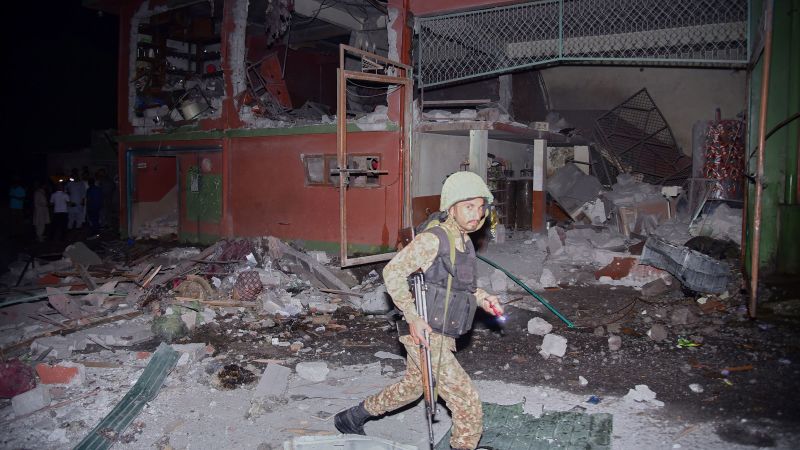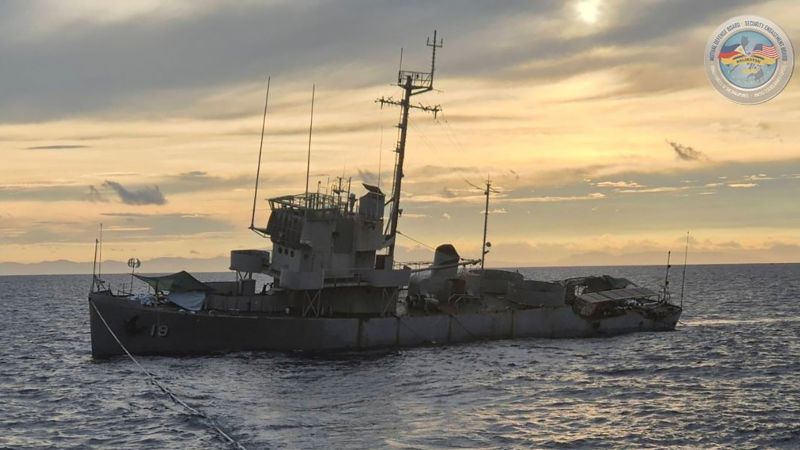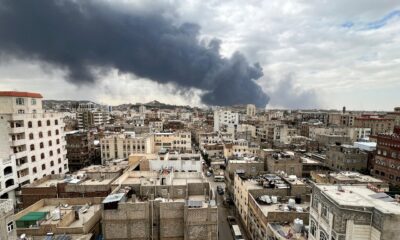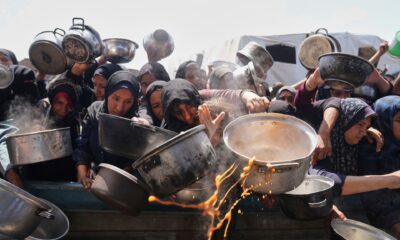CNN
—
India has launched a major military operation against Pakistan in a major escalation of tensions between the two nuclear-armed neighbors.
The missile strikes early Wednesday morning targeted “terrorist infrastructure” in Pakistan and Pakistan administered-Kashmir, according to India. Pakistan has denied the claim, saying the attack largely harmed civilians – killing at least three, including a child, and injuring at least a dozen.
Pakistani Prime Minister Shehbaz Sharif said the country had the right to respond to what he described as an “act of war,” adding that a “befitting reply is being given.”
Kashmir is one of the world’s most dangerous flashpoints and is controlled in part by India and Pakistan but both countries claim it in its entirety.
Relations between India and Pakistan have cratered in recent weeks following a deadly rampage by gunmen who murdered 26 people, the majority Indian tourists, at a scenic spot in Kashmir.
India has long accused Pakistan of harboring militant groups that conduct attacks across the border, a charge Islamabad denies, and had vowed to retaliate against those they deemed responsible.
“These steps come in the wake of the barbaric Pahalgam terrorist attack in which 25 Indians and one Nepali citizen were murdered,” India’s Ministry of Defense said in a statement, referring to an attack last month tourists in India-administered Kashmir.
“Our actions have been focused, measured and non-escalatory in nature. No Pakistani military facilities have been targeted. India has demonstrated considerable restraint in selection of targets and method of execution,” the statement added.
India said nine sites in total were targeted.
Multiple loud explosions have been heard in Pakistan-administered Kashmir, according to a CNN journalist.
Pakistan’s military said India struck with missiles.
“Pakistan will respond to it at a time and place of its own choosing,” Pakistani military spokesperson Ahmed Sharif Chaudhry told Geo TV. “This heinous provocation will not go unanswered.”
Pakistani military sources told CNN five locations were struck at Kotli, Ahmadpur East, Muzaffarabad, Bagh, and Muridke.
Three of those locations – Kotli, Muzaffarabad and Bagh are in Pakistan-administered Kashmir. Ahmadpur East and Muridke are both in Pakistan’s Punjab province.
According to preliminary damage assessment, only civilians and innocent Pakistanis were impacted by the strikes, the sources said.
Major world powers, including the United States, had urged restraint in the weeks after last month’s attack on tourists, fearful that a military conflict between India and Pakistan over Kashmir could quickly escalate.
The two nuclear-armed rivals have fought three wars over the mountainous territory that is now divided by a de-facto border called the Line of Control (LOC) since their independence from Britain nearly 80 years ago.
Tensions have been ratcheted up again after gunmen massacred 26 tourists in Pahalgam in Indian-controlled Kashmir last month, the deadliest assault on Indian civilians in recent years.
Wednesday’s strikes are the most significant military action since 2019, when Indian jets conducted airstrikes on several targets inside Pakistan, after it blamed Islamabad for a suicide car bomb attack that killed at least 40 Indian paramilitary personnel in the region.
India has accused Pakistan of being involved in the Pahalgam attack — a claim Islamabad denies. Pakistan has offered a neutral investigation into the incident.

The massacre sparked immediate widespread anger in India and Prime Minister Narendra Modi had been under tremendous pressure to retaliate with force.
In the days after the Pahalgam attack, both countries swiftly downgraded ties with each other and have since been engaging in escalating tit-for-tat hostilities.
India ordered its citizens to return from Pakistan, shut a major border crossing and suspended its involvement in a crucial water sharing treaty that has been in force since 1960.
Pakistan suspended trade with India and expelled Indian diplomats. It said that any attempt to stop or divert water belonging to Pakistan would be considered an “act of war.”
New Delhi and Islamabad had also been flexing their military might as tensions simmered along the LOC with small exchanges of fire across the demarcation in recent days. Both sides have also closed their air spaces to each other’s airlines.
This is a developing story and will be updated.



























